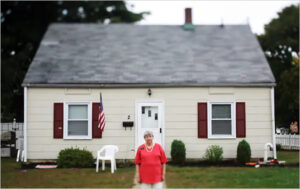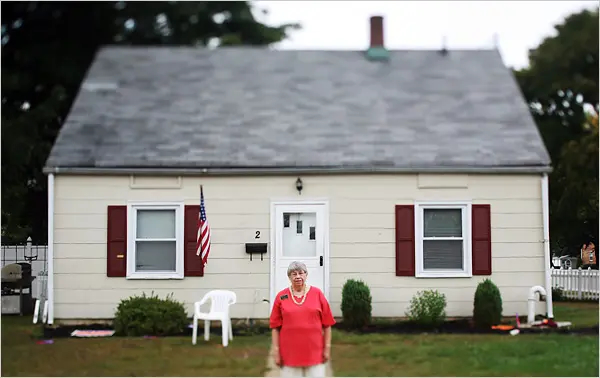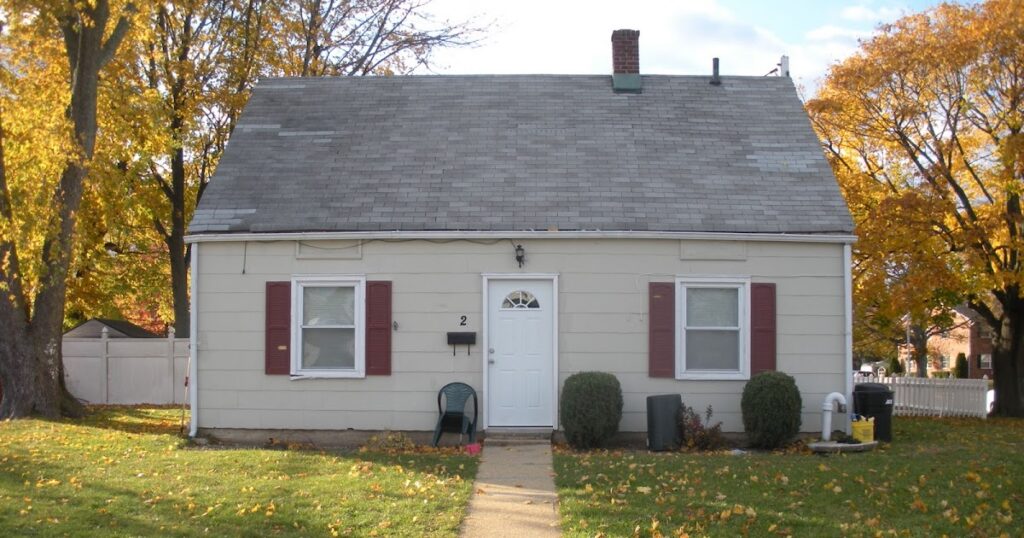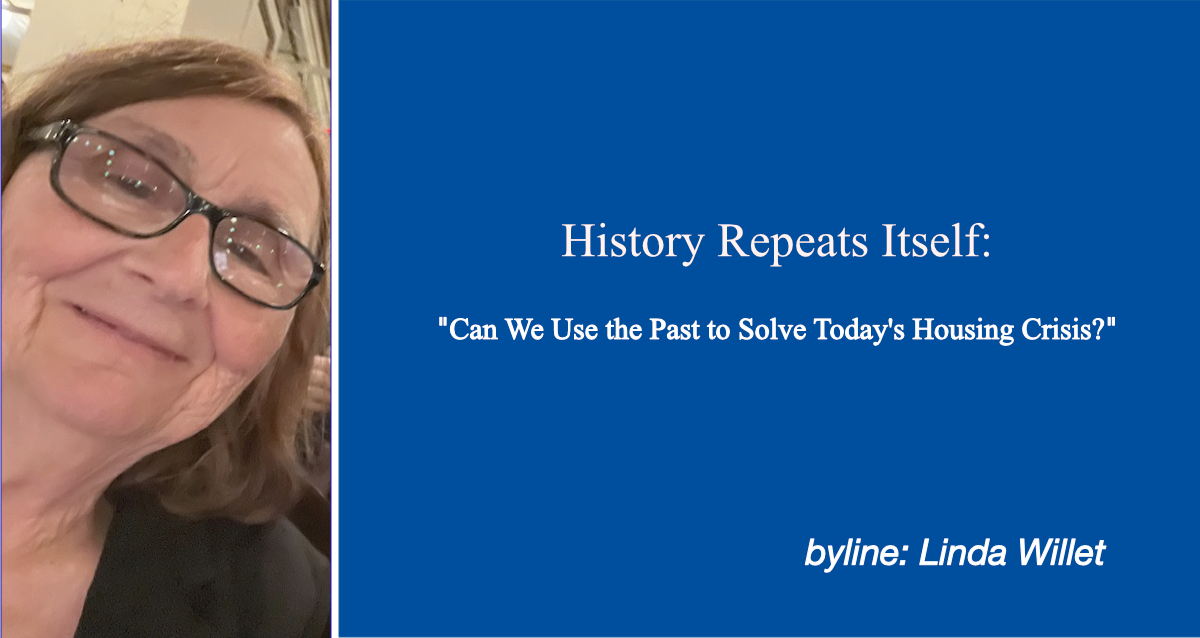It’s funny how history repeats itself, and sometimes we learn by accident that our parents and grandparents faced the same problems and issues that young people are facing today.
A few years ago, I watched “The Best Years of Our Lives” (1946) and was surprised to see that my parents’ generation, the “Greatest Generation” faced a housing crisis and a job crisis when the soldiers returned home from Europe and the South Pacific. Women had been working in the factories and offices and were expected to give up their jobs so that the returning soldiers could have them. That happened in many situations, but in some cases, women continued in positions that were formerly unavailable to them. Fortunately, the U.S. economy continued to grow as it had during the war, and factories that had been converted to produce war munitions converted back to producing goods that families needed.
The housing crisis after World War II was a result of pauses in construction during the Great Depression and the baby boom that resulted when soldiers returned home from the war. Many young couples who had been living with their families before the war wanted their own homes once they were reunited, but there was a severe shortage of low-to-middle-income housing. Young couples who could not live with their families sometimes shared apartments with other couples. In some cases, families with large homes agreed to rent rooms on the upper floor to returning veterans and their families. Other families lived in small trailers or Quonset huts, which had been constructed by the military for soldiers during the war and modified later to be used as postwar housing. Unfortunately, redlining continued in many areas, and Black soldiers and other minorities returned to the discrimination they had left behind in the military.
President Truman was concerned about this crisis and set up the Veterans Emergency Housing Program and appointed Wilson Wyatt as Housing Expediter and Administrator of the National Housing Agency. Mr. Wyatt regularly met with veterans’ groups to hear their concerns and take action to fulfill their needs. He also promised that Black soldiers and other minorities would get fair treatment, but that did not always happen, especially in southern states. In 1944, the G.I. Bill, known as the Servicemen’s Readjustment Act, offered low-interest mortgages to veterans, as well as unemployment benefits and funds for college and job training. This bill was a lifesaver to many families, offering many young people a chance to own a home and the opportunity to go to college and change the course of their life.

A few years later, the Housing Act of 1949, which advocated a “decent home and suitable living environment for every American family” provided money to communities to tear down slums and redevelop the land for housing, business, or other projects with open spaces. This bill had both positive and negative implications and changed the landscape of America. When old buildings were demolished in cities, many people were left without housing and moved from the city to the suburbs where developers began to offer reasonably priced homes. Population in the suburbs went up by 45%, and industries followed close behind.
Levitt and Sons was one of the most successful suburban builders. Levitt had built luxury homes before the war and modified their building model during World War II to build 2400 housing units for the Navy using low-cost mass production techniques. The company continued this model between 1946 and 1960 and built over 40,000 homes in three planned communities in the eastern U.S. and in other communities throughout the country. Levitt controlled both cost and supply of materials by buying timberland and building its own mill. The company precut materials and had work crews move from house to house doing a specific job instead of completing houses one at a time with a few carpenters working on each house. Altogether, they mapped out 26 steps to build a house and priced their homes to appeal to working and lower-middle-class families (under $10,000). When the scheduling was perfect, a house could be built in one day. The Levitt housing developments were attractive to families because they included shops and services within the community, along with playgrounds and swimming pools to encourage families to get to know each other. The houses were small, 750 sq. ft. with no porch or basement, but it was a single-family home.
Levittown communities were not perfect, and they have a dark history in regard to segregation. Levitt would not sell the homes to minorities, and the FHA put racial covenants in each deed. However, after the initial sale, homeowners could sell their home to whomever they chose. In 1957, William and Daisy Myers, a Black couple, bought a house from a homeowner in Pennsylvania’s Levittown. William was a veteran, and Daisy taught school. The couple had 3 young children. Immediately after moving in, the Myers were picketed. For days, there were violent demonstrations with protesters raising the Confederate flag and playing the song “Dixie.” Religious groups and the William Penn Center set up a 24-7 patrol, and white couples babysat the Myers children and cleaned up any damage to the property. The struggle made national headlines, and Martin Luther King, Jr. and other civil rights leaders met with the Myers to offer support and advice. The Myers refused to run away. They remained in Levittown for four years until William had a job transfer. Their long ordeal paved the way for others and helped to gain support for the Fair Housing Act in 1968.

What can we learn from the mistakes and successes of people who have gone before us? Most importantly, discrimination is not acceptable. With laws being rolled back, we need to stand together to make sure that everyone has access to adequate housing. And to meet the housing challenge, we need help from the federal, state, and local government offices.
Today’s modular homes are similar to the Levitt model. They are assembled in a factory in large sections and brought by truck to a construction site. Then a crane puts the pieces on the permanent foundation. The houses could be finished quickly if construction crews were scheduled like the Levitt crews to complete items like electricity and plumbing. Some people confuse modular homes with manufactured homes (formerly called mobile homes) and mistakenly believe that modular homes are inferior to site-built homes. However, modular homes are built to the same specifications as a site-built home, but manufactured homes are constructed according to HUD specifications.
What can we do? We need to contact senators and representatives at all levels of government and demand a solution to this problem. Our young people deserve to have the same opportunities that their great-grandparents had 80 years ago.
(Editor’s note). My parents lived with my mother’s parents when they married in 1941. Then my dad volunteered for the army/air force after Pearl Harbor and ended up serving in the South Pacific. My mom worked and saved her money and the money my dad sent home to her every month. They were able to buy a small four-room house when my dad came home in 1945, but other soldiers were not so fortunate.
ushistoryscene.com
Search for Levittown
ebsco.com
Search for Levittown
nyw.edu
Search for The Legacy of Levittowns



